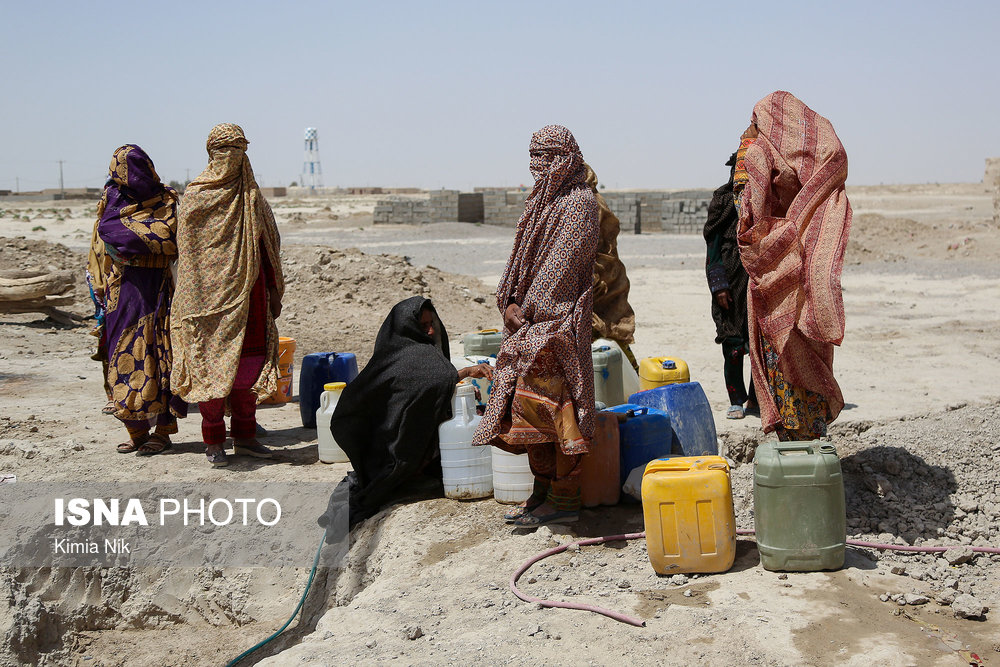That’s according to Iran’s environment protection organization.
The construction of the dam comes as more than two decades of drought has not only dried up the edge of the 7th international wetland of Hamun, but it has also affected livelihoods, employment and environment of the residents of the northern parts of Iran’s Sistan and Baluchestan province.
The wetland and the river are one of the most important environmental habitats of Iran which were once among the most popular resorts for tourists and a tourist attraction as well.
Meanwhile, the issue of Iran’s right to the water, which has been the subject of a hot debate among experts and officials for many years, is about the country’s lack of access to its share of the Hirmand River water, the drying up of the Hirmand River and subsequently the drying up of the Hamun wetland.
Also, if no water enters the Hamun wetland, the drought will be worsened and this will turn this area into a source of dust.
The Taliban rulers of Afghanistan previously said Iran’s right to the Hirmand River water was conditional on the existence of water. They added if there is water enough, the Taliban will respect the 1972 treaty between the two countries, under which Iran is entitled to use 820 million cubic meters of the Hirmand River water abually.
Despite such conciliatory comments, since their takeover of Afghanistan over two years ago, the Taliban officials have on several occasions ignored calls for Kabul to respect Iran’s right to the water of the border river.
